 |
|

|
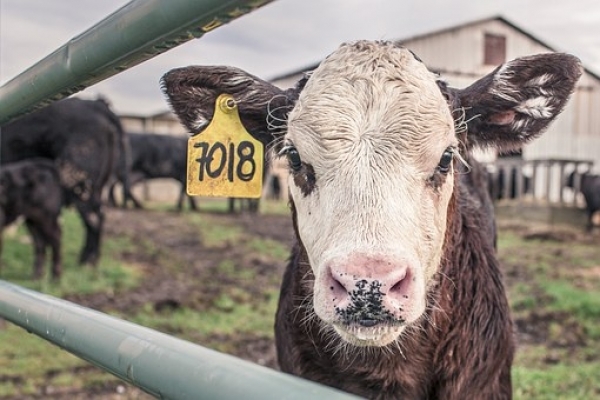 |
 |
June Large Animal News |
June 2019 |
 |
|
 |

Hendra Virus
Due to a recent confirmed case of Hendra Virus in the Hunter Valley, Orange Vet Hospital (OVH) would like to remind horse owners that vaccination of horses remains the most effective way to manage Hendra virus disease.
Hendra virus is a serious, potentially fatal virus that is spread from flying foxes to horses, and from infected horses to humans. All four species of flying fox have been shown to carry the Hendra virus, however the virus is more frequently detected in the urine of spectacled and black flying foxes. It is important to note that an infected horse can shed the Hendra virus before it shows any signs of illness. The incubation period in horses is 5-16 days.
Clinical signs of Hendra virus infection are highly variable but usually have a rapid onset and deterioration associated with either respiratory or neurological signs.
For more information on Hendra Virus please see the attached Primefact article from the NSW Department of Primary Industries: https://www.dpi.nsw.gov.au/__data/assets/pdf_file/0019/310492/Hendra-Virus-Primefact-970-1.pdf
Hendra vaccination is not mandatory under NSW legislation, however OVH recommends that all horses be vaccinated especially those undertaking travel or those known to come into contact with flying foxes.
A summary of the vaccination schedule is:
- First dose – Day 1
- Second dose – Day 21-42
- Third dose – 6 months after the second dose
- Annual boosters after the third dose
All horses that are vaccinated against Hendra virus are required to be micro-chipped with their details recorded on a central database.
Our veterinarians will undertake a risk analysis to decide how best to protect themselves and others against Hendra virus. Any sick, unvaccinated horses who have travelled or been in contact with horses from areas where there have been known Hendra virus infections may be required to have Hendra virus infection ruled out by the attending veterinarian. Until the results for the Hendra virus exclusion tests are received, diagnostic and treatment procedures may be limited resulting in some horses receive sub-optimal therapy.
If anyone would like more information on Hendra virus or vaccination procedures please contact OVH on 02 6361 8388.
|
 |
 |
|
|
|
 |
 |
01 When was your horse's last dental check? |
 |
 |
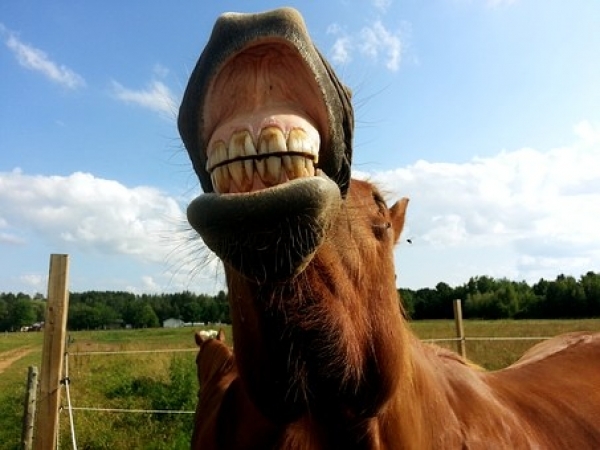
Regular dental care is a vital part of good horse husbandry, and just like people, all horses should have a complete dental examination performed at least once a year.
Dental problems can have a negative effect on performance, behaviour and overall health. Some signs that could indicate an underlying dental problem include:
- Behavioural problems
- Weight loss or poor body condition
- Quidding (dropping partially chewed food out of the mouth)
- Bit resistance or head tossing
- Excessive salivation
- Bad breath
- Swelling of the face or jaw
- Purulent, smelly nasal discharge
However, as a prey animal, horses are very good at hiding any sort of dental pain, so you won’t necessarily know that anything is wrong in your horse’s mouth until the problem is very severe and painful. This is why it is so important to ensure regular and THOROUGH dental examinations are performed. A thorough visual and manual examination must involve: sedation, a dental gag, light, and dental mirror, in order to carefully assess each and every tooth in the mouth.
Abnormalities that we may identify include:
- Sharp, overgrown teeth, often with associated cheek or tongue ulcers
- Abnormal wear e.g. wave mouth
- Missing teeth
- Fractured or diseased teeth
- Extra teeth
- Dental caries
- Periodontal (gum) disease
- Diastema (gaps between teeth) and feed packing
So if it's been a while since we last asked your horse to "open wide", please give us a call to arrange a check-up and ask about our "Equine Specials"
|
 |
 |
|
 |
 |
02 Beyond Meat: the future of meat? |
 |
 |
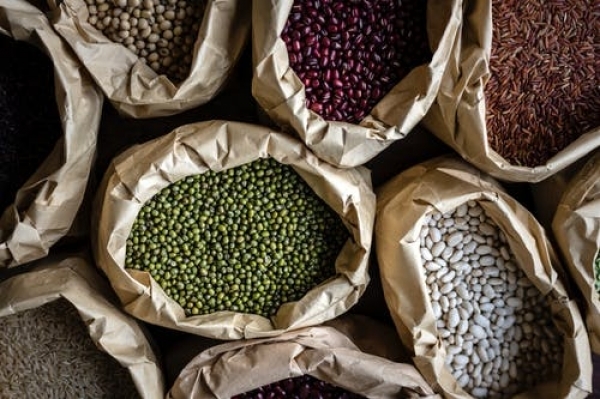
Beyond Meat is a US based faux-meat production company, who have recently defied Wall Street analysts with a 600% surge in investments, based purely on the outcome of first-quarter results. Since it’s initial public offering, the share price has surged from $25 to well north of $100 dollars a share, 65% above the standard 12 month price target - with the notice to investors that it expects revenue to more than double over the next year. This has placed the company’s valuation at over US$5 billion dollars, before their first financial year is even complete. Such success on the stock market has not been matched since 2000, and the “dot com” boom, for a first day trading on the NASDAQ.
What’s the company trying to do?
The company has a lofty vision of replacing animal-based meat, and making the existing product obsolete. Beyond Meat’s CEO Ethan Brown says there are four factors which are driving consumers to choose their plant-based meat: improving human health, positively impacting climate change, addressing global resource constraints, and improving animal welfare.
What’s in their burger patties?
The top 5 ingredients in the ‘beyond burger’ are water, pea protein isolate, expeller-pressed canola oil, refined coconut oil and rice protein. Beyond Meat creates the meaty texture by feeding the ingredients into a food extrusion machine that cooks the mixture while using steam, pressure and cold water to align the proteins in a manner that mimics the structure of meat.
Does it represent a challenge to the livestock industry?
Currently, the artificial burgers are competing in the ground beef market as fast food, and are currently more expensive. However on a blind taste testing session, which you can listen to on Commodity Conversations by Mercado Analysis, the burgers were rated ‘not that bad’, and according to the authors it would be difficult to pick the difference when served if you were unknowing of the meat's constituents. Nutritionists have flagged that the product may not be the solution for health dilemmas arising from meat, which is not surprising given the largely processed nature of the product, being sold out of fast food chains.
|
 |
 |
|
 |
 |
03 Controlling scours in beef herds
|
 |
 |
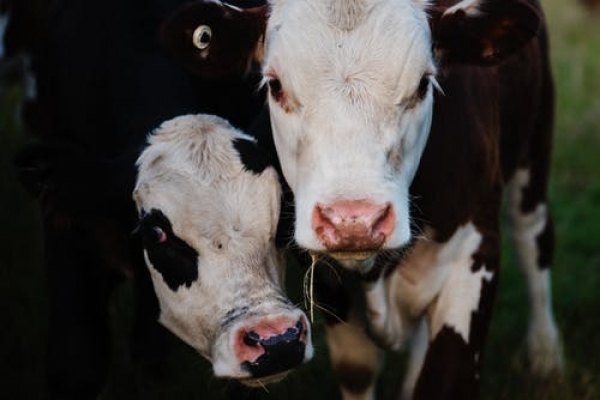
With spring calving imminent in some herds, it’s common to see outbreaks of calf scours. Usually caused by bacteria, viruses, or harmful protozoa the risk of outbreak is greater with wet weather during calving, or significant stress during the birthing process.
Useful tips for preventing an outbreak
Target a tight joining period (ideally <8 weeks)
Use a new calving paddock every year, ideally one that has not been used for calving for 18 months and that has some pasture cover.
Avoid manure build up in calving area. Move hay and grain feeders around, and ensure you have multiple water troughs.
Place cows in the calving paddock no earlier than two weeks before the expected start of calving.
Maximise colostrum intake to maximise calves immunity.
The major reason calves miss their colostrum is when cows experience difficulty calving and do not produce the colostrum necessary for immunity. If dystocia exceeds 10% in heifers and 2% in cows you need to correct this.
The essentials for treating a scouring calf
Water: ensure calves have free access to water, in troughs around 70cm in height.
Electrolytes: if you can catch them, or you bring them into a hospital pen for treatment, have a source of electrolytes on hand for feeding
Anti-inflammatories: anti-inflammatories help relieve pain to maintain their drinking
Antibiotics: in some instances, scouring calves become bacteraemic.
If you have concerns, speak to us about the need for antibiotics - we can help you ascertain the best course of action for treating scours outbreaks. For extra information, see the MLA website
|
 |
 |
|
 |
 |
04 All about greasy heel |
 |
 |
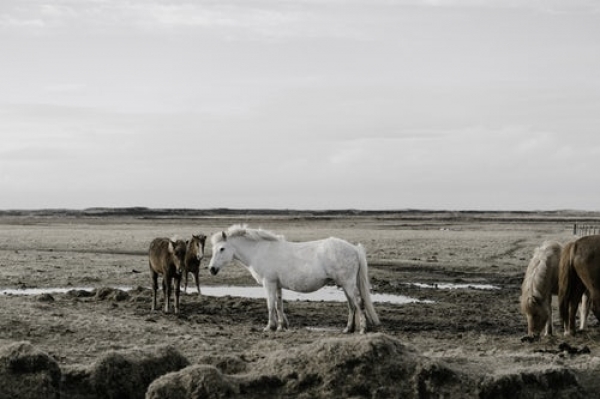
A common skin problem seen during the wetter months is greasy heel, also known as mud fever or pastern dermatitis.
This condition is painful for horses and owners alike. It can cause discomfort and lameness in the horse, and can be very difficult for owners to treat as the condition can be quite persistent and tricky to get rid of. Horses that have pink skin and white hair on their pasterns are the most predisposed to the infection. Another major predisposing factor is standing in constant wet and muddy conditions.
Presenting as painful thick, crusty, yellow scabs around the back of the heels and the pastern, greasy heel is most commonly seen on the hind feet but can occur on all four. In severe cases, it can spread around the front of the feet and extend up the legs, the skin becomes thickened and inflamed (red), and the legs swell up.
Greasy heel usually involves a bacterial infection in the skin. Cases that are not resolving with standard treatment may need further testing to ensure there is not another underlying cause such as mites, fungi or immune mediated conditions.
Treatment initially involves clipping the hair away and washing the legs to remove all mud, followed by keeping the horse housed in dry conditions. Soaking and scrubbing the affected areas with an antiseptic detergent such as chlorhexidine to soften and remove the scabs is critical for killing the bacteria. Scab removal may need to be done in stages to avoid hurting the horse. Scab removal and washing should be followed by drying the legs and then applying a topical steroid based cream (please only do this under veterinary instruction). Pain relief should also be given.
If you're worried about your horse this winter, give us a call.
|
 |
 |
|
 |
 |
05 LIVEstock Pricing: a new app |
 |
 |

LIVEstock Pricing is a free app for the Australian livestock industry.
It collects prices from buyers across Australia and delivers them to producers in one easy-to-use app, so you can keep a real-time record of prices per head of your livestock. Information includes sheep, cattle, goat and wool prices. Producers can also add their local agent to their profile, enabling them to contact the agent directly when prices look attractive
Features include:
- OTH grid, liveweight and $/head prices
- Price alerts
- Price filter
- Save your searches
- News feed
The news feed on the app collects livestock recant articles from various press sites, and collates them. This is a great way to see pricing grids, and marketing options for your livestock. Check it out on the Google Play for Android and the App Store on iPhone – search Livestock Pricing.
|
 |
 |
|
 |
 |
06 African swine fever continues to sweep through Asia |
 |
 |
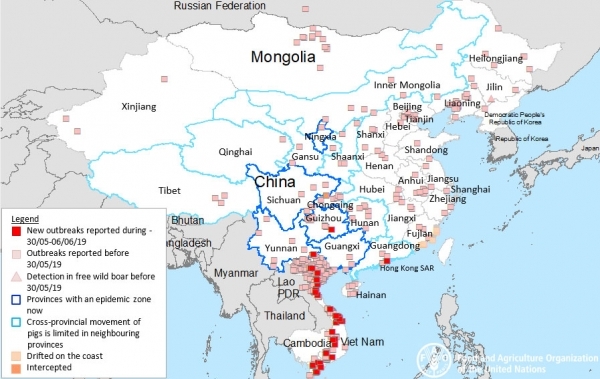
On May 13th this year, the Vietnamese government announced that more than 1.2 million pigs (4% of the national herd) had died or been culled as a result of African swine fever (ASF). This comes only after the disease was first detected in China on 3rd August 2018. The figures below demonstrate the spread of the epidemic, in terms of geographical impact as well as the reported number of infected swine in China and its neighbours:
China: 136 ASF outbreaks detected in 32 provinces. 1,129,000 pigs have been culled in an effort to halt the further spread.
Mongolia: 3,115 pigs (more than 10% of the total pig population in Mongolia) have died or been destroyed due to the disease.
Vietnam: 1,700,000 pigs have been culled.
Cambodia: Since the Ministry of Agriculture Forestry and Fisheries confirmed its first outbreak on 2 April 2019, more than 2400 pigs have died or been culled.
How is it moving around?
Studies of 68 outbreaks revealed three major causes spread ASF virus
- 46% by vehicles and workers without disinfection,
- 34% by swill feeding,
- 19% by the transport of live pigs.
Could this be the ‘year of the pig’ for Australia?
According to Meat and Livestock Australia, ASF is yet to have a significant impact on the meat trade with China. China pork or poultry imports have not yet surged and expensive imported red meat is being driven by other forces, but ASF’s potential to disrupt cannot be underestimated. As products in China cold stores are run down, a reduced sow population, as well as the preventative culling will undoubtedly influence the market as the year progresses. ASF will continue to be a critical driver of world meat markets in 2019 and 2020.
|
 |
 |
|
|
